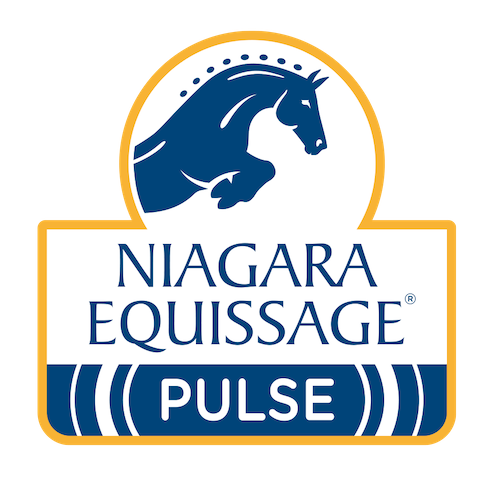Laminitis
By definition laminitis in horses is the failure of the attachment between the distal phalanx (coffin bone) and the inner hoof wall.
When the lamellae of the inner hoof wall, which normally suspend the distal phalanx from the inner surface of the hoof capsule fails to work, laminitis occurs. The major causative factor is vasoconstriction and inflammation of the soft tissues.
Laminitis is one of the most common causes of lameness of horses and ponies in the US. It does not just affect the front feet; the hind feet may be involved, or one foot or all the feet.
The most common high risk situations leading to laminitis in horses are;
- Overeating
- Unsuitable diets
This is because it disrupts hindgut fermentation and releases absorbable toxins or overproduces certain nutrients.
Other causes of laminitis in horses include;
- Systemic infections – Particularly where caused by bacteria. They can cause the release of endotoxins into the blood stream
- A retained placenta in a mare
Laminitis in horses can sometimes develop after a serious case of colic, due to the release of endotoxins into the blood stream. Concussive laminitis (road founder) is caused by fast or prolonged work on hard surfaces. The laminitis develops as a result of trauma to the laminae, particularly if their horn quality is poor.
Can Niagara Equissage help Laminitis in horses?
Yes,
Modern treatments include applying warm compresses around the lower leg to help open up the constricted blood vessels. By applying Niagara Equissage to the horse, it generates heat within the body therefore, having the same affect.
As pain relieving drugs such as phenylbutazone, and drugs such as anticoagulants and vasodilators which improve blood flow and blood pressure as well as reduce the inflammation are administered, Niagara Equissage usage will help negate the toxic effects these drugs can have particularly in horses more prone to digestive upsets.
By using Niagara Equissage as part of the treatment you can only do good as the cycloid massage promotes blood flow as well as the elimination of toxins.
Application
In the case of laminitis in horses little and often is the best treatment because the foot or feet will be so congested due to the restriction of the natural swelling process imposed by the hoof wall. Whilst the promotion of blood flow to the laminae is desired to help repair the damaged cells, the amount of swelling is usually too great and the blood cannot reach its destination nor can it circulate properly.
Shorter, more frequent applications will guard against even more over stimulation of the blood supply feet. If possible as well as using the Back Pad also use the Hand Unit held on the underneath of the foot – both on a medium setting. With the feet being distal from the heart, the Hand Unit will help overcome the effects of gravity.

Testimonials
See All- "I use the Niagara Equissage on a regular basis at home and would not dream of going to a show without it. Our horses are athletes and we expect tremendous fitness and performance from them. The Niagara Equissage helps prevent injuries so we can have healthy, comfortable, riding partners. It aids tremendously in the warm up and cool down phases of work. The horses always look forward to their massage time!"
- "We use the Niagara Equissage pad on the horses every day, they are all much more supple, it is a very important part of their daily healthcare routine."
- Kentucky Derby Winning Trainer & Trainer of Horse of the Year, Zenyatta
"My Niagara Equissage is in use 4 hours every morning treating many horses for many things, including ALL horses racing that day. I find using the Niagara Equissage on tendons and suspensors removes soreness totally."

